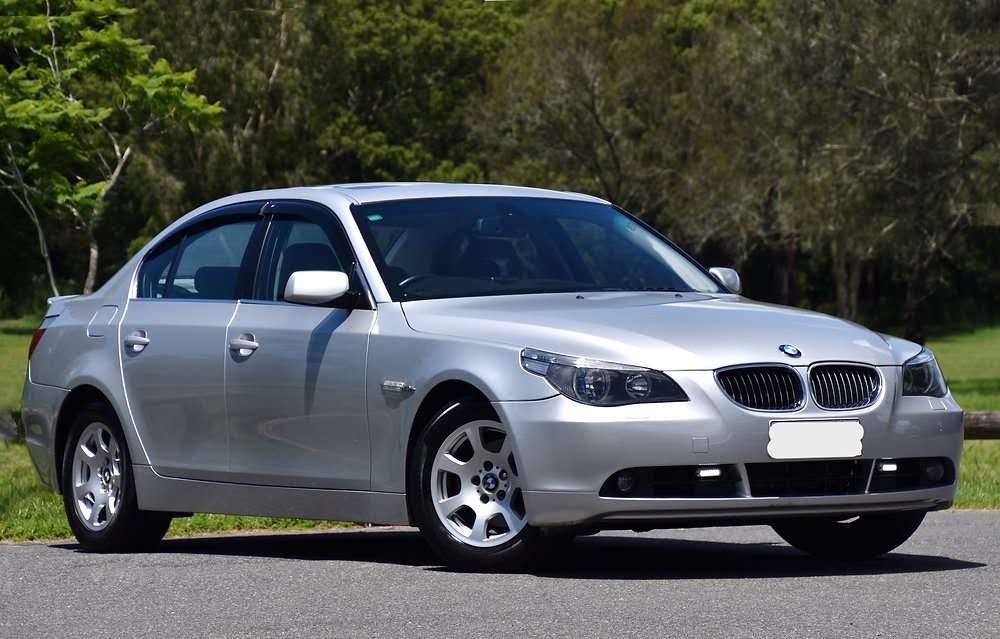
Porsche’s PDK transmission is a big part of what makes models like the 911, Cayman, and Panamera feel so precise on the road. This dual-clutch system delivers lightning-fast gear changes with none of the harshness typically associated with a traditional automatic transmission. For many owners, it’s one of the standout features of their car.
However, even the most advanced systems can have vulnerabilities. Over time, PDK units can also develop many shifting irregularities. If you’ve recently noticed your Porsche hesitating between gears or refusing to engage when hot, it’s time to pay attention.
This guide covers what makes the PDK special, its common warning signs of failure, and what to expect during diagnosis and repair.
Let’s get started.
For expert Porsche repairs in Jacksonville, book with Southside Euro.
What Makes the PDK Different?
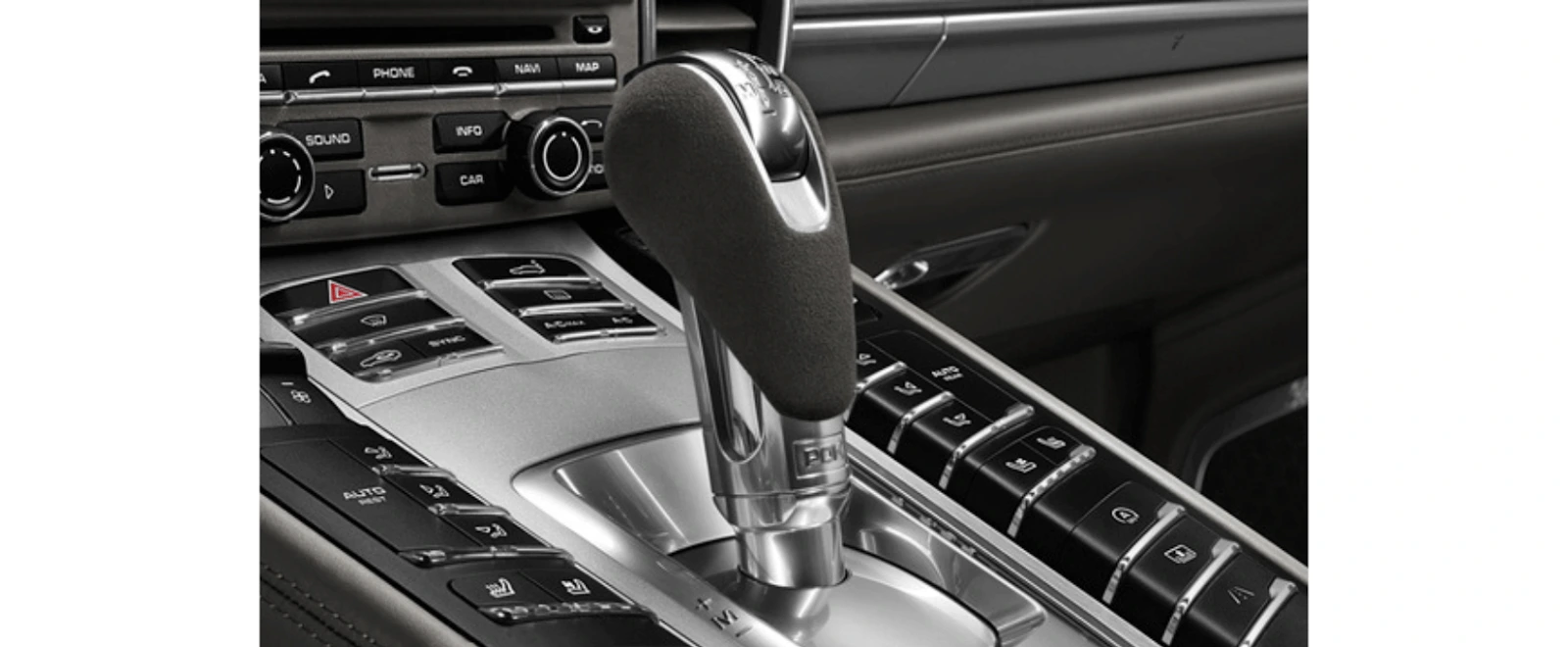
Porsche’s PDK (Porsche Doppelkupplungsgetriebe or Porsche “double-clutch” transmission) is a dual-clutch transmission that delivers lightning-fast gear changes with the smoothness of a traditional automatic transmission and the performance edge of a manual transmission.
Unlike a conventional torque converter automatic, the PDK uses two separate clutches—one for odd gears and another for even gears—to pre-select the next gear before you shift.
This setup offers nearly uninterrupted power delivery during acceleration, making it ideal for both spirited driving and everyday comfort. A key reason Porsche vehicles equipped with PDK often outperform their manual counterparts is in 0-60 times.
However, the same sophisticated mechanical and electronic design that makes it so responsive also makes it complicated. When things go wrong, the symptoms can be confusing or easy to dismiss—until they aren’t.
Common Warning Signs of PDK Failure
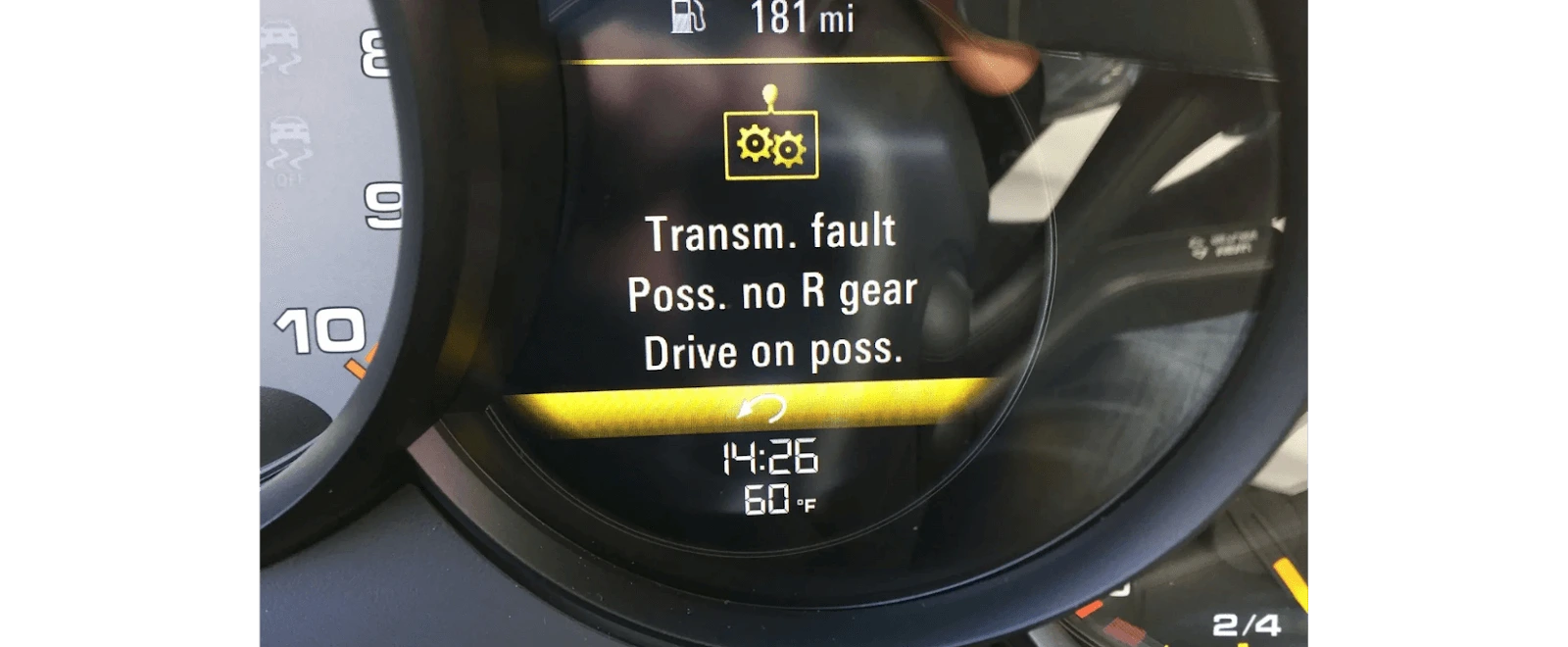
Porsche owners with PDK issues report that the symptoms often go unnoticed until the transmission has warmed up. Here are some of the most common early indicators that your PDK may be heading toward trouble:
No gears engaging when hot
Unresponsive gears after driving for 10–20 minutes is a common issue. The vehicle may suddenly lose drive, especially in first, third, or fifth gear (clutch 1). Once cooled down, the gears often begin working again, temporarily.
Transmission “Emergency Run” warning
This dashboard alert disables performance functions and limits gear use to protect the transmission. Some owners can clear the warning by restarting the engine; however, the problem usually recurs more frequently over time.
Jerky or delayed shifting
If your Porsche hesitates before engaging a gear, shifts harshly, or feels inconsistent during acceleration, it could be more than just bad calibration—it may signal early clutch slippage or pressure loss.
Temporary issues that “fix themselves”
One of the most misleading signs. If your PDK acts up and then returns to normal after a restart, don’t assume the problem is gone. Repeated resets are a sign that something deeper is happening—likely a heat-related issue.
Diagnosing the Cause: Electronics vs. Mechanics
When a PDK transmission starts to misbehave, it’s easy to assume the worst. However, not every issue means the gearbox is beyond repair. To assess the situation, Porsche uses diagnostic tools to confirm if it’s electronic controls or mechanical components, and knows what fault codes to look out for.
Key Fault Codes to Watch
- P17B1 / P17B2 – These indicate pressure-related faults in the clutch system, often tied to Clutch 1 or Clutch 2 pressure loss. Heat-triggered behavior is common.
- P0846 – Points to issues with the clutch pressure sensor, which monitors hydraulic pressure inside the gearbox.
- P0700 – A general transmission fault code, usually a gateway pointing to more specific issues stored deeper in the control unit.
Common Electronic Failures
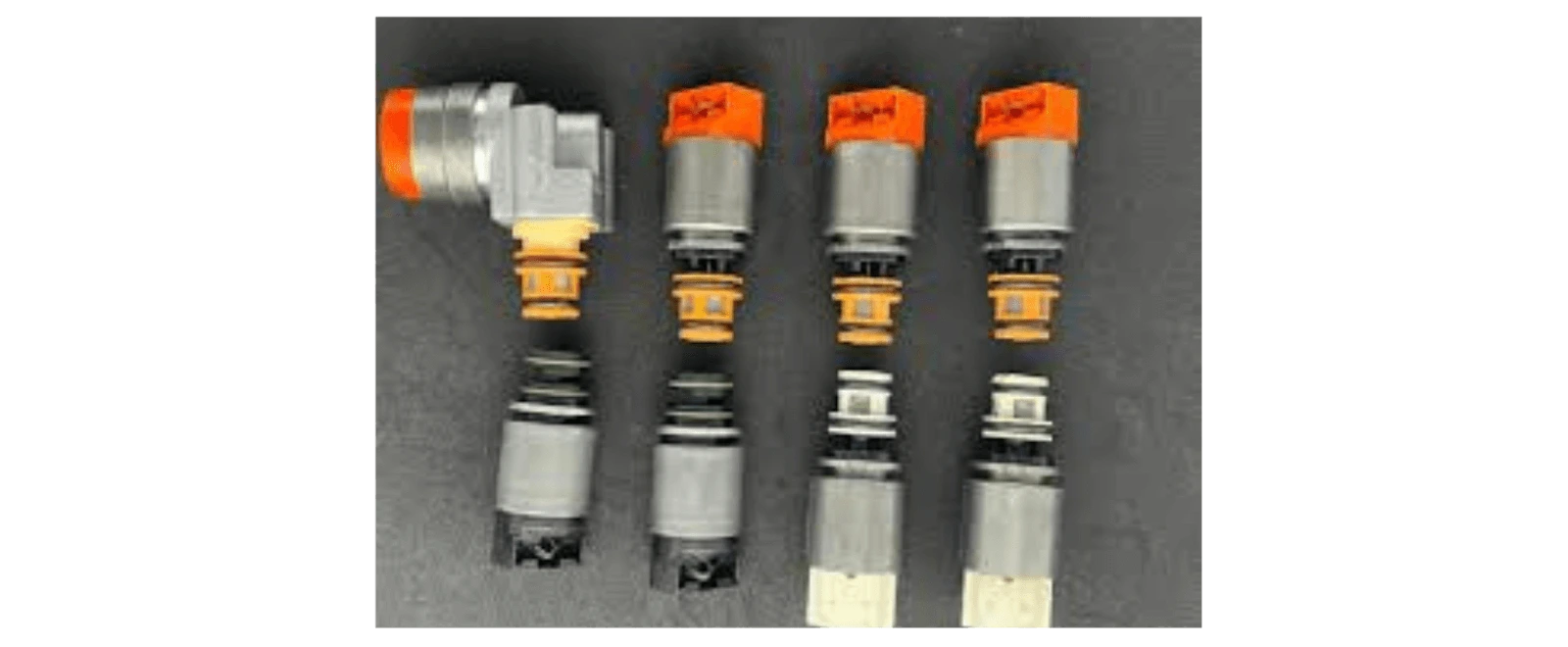
- Solenoid pack faults: These valves regulate hydraulic pressure inside the transmission. When they fail, clutch engagement becomes inconsistent, especially when the fluid is hot and less viscous.
- Clutch pressure sensors: These sensors relay real-time data to the transmission control unit. When they go bad, gear engagement can become erratic or fail, even without triggering a fault code.
- Heat-sensitive failures: As PDK fluid heats up, failing seals or aged sensors may begin to leak or misread data, leading to pressure drops and gear disengagement. This is why many issues only appear after driving 10–20 minutes.
Mechanical Factors
- Clutch wear: While not as common as electronic faults, worn clutches do happen, especially after high mileage or frequent stop-and-go driving. Slipping under load and shuddering at low speeds are signs to be aware of.
- Fluid degradation: PDK transmissions use high-performance hydraulic fluid, but over time, heat cycles and contaminants reduce its effectiveness. Poor lubrication can lead to both mechanical wear and sensor malfunction.
Without specialized tools like Porsche’s PIWIS diagnostic system, it is essential. Without them, even skilled technicians can only make educated guesses. If you’re in Jacksonville and your PDK is showing signs of trouble, book a full diagnostic with Southside Euro.
Preventative Care and What Actually Helps
Without a doubt, you don’t want to experience PDK issues. However, there’s no cut-and-dry way to prevent it; regular ice maintenance and smart driving habits are essential. More critical in warm climates like Jacksonville, where heat exacerbates stress on the fluid and sensors.
Changing PDK Fluid Regularly Helps
Despite Porsche’s official fluid interval being every 12 years or 120,000 miles, many independent experts recommend more frequent changes—around every 60,000 miles—especially for vehicles driven in stop-and-go traffic or warmer regions.
Fresh fluid helps:
- Maintain consistent clutch pressure
- Minimize wear on solenoids and sensors
- Prevent heat-induced degradation of seals
It won’t reverse existing damage, but it can slow down wear and help prevent new issues from forming.
Cooling Systems Matter
High transmission temperatures are a common trigger for gear disengagement or PDK warning lights. That’s why some Porsche models come equipped with an auxiliary radiator for the transmission. If yours doesn’t, and you live in a hotter climate, it may be worth upgrading the cooling system or inspecting the current one at a Porsche specialist repair shop.
Smart Driving Habits That Help
- Avoid creeping in D-mode: In traffic or parking lots, prolonged idling in gear can cause unnecessary clutch wear. Use Manual mode (M) or shift into Neutral (N) when stopped for long periods.
- Let the PDK warm up: Just like engine oil, transmission fluid needs to reach proper operating temperature. Driving hard on a cold transmission accelerates internal wear.
- No throttle stabs from a stop: Sudden, aggressive acceleration from a stop places a high load on the clutches. Easing into the throttle helps extend the life of the clutch.
Is PDK Repairable or Replace-Only?
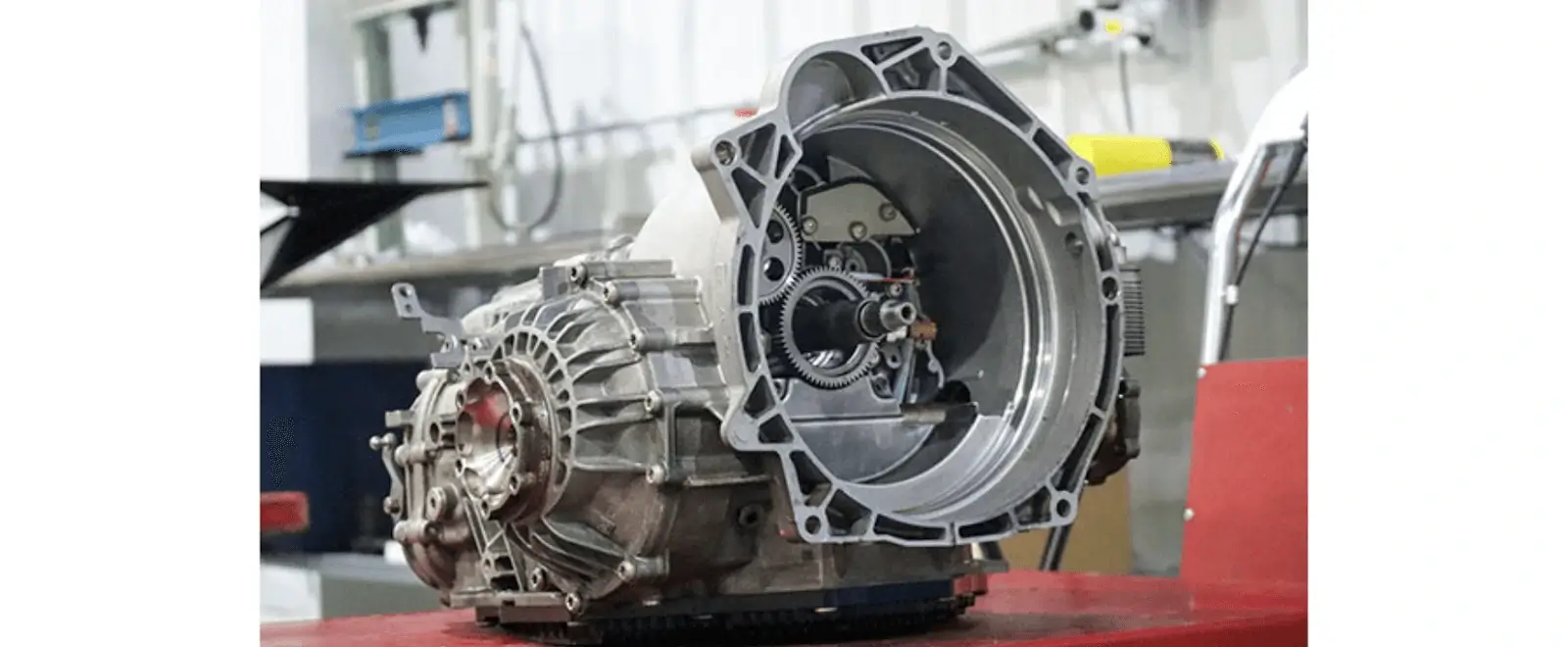
One of the most frustrating parts about owning a Porsche with PDK is what happens when things go wrong. At the dealership, the answer is often blunt: “replacement only.” Porsche’s official position is that the PDK is not serviceable, and they do not sell internal components, such as solenoids or clutch packs. If something fails, they recommend a complete transmission replacement at an astronomical price, even for a handful of Porsche owners.
But that’s not the whole story.
What About Independent Repair Shops?
Some experienced independent Porsche specialists and European transmission rebuilders have begun tackling PDK repairs, especially when the failure is electronic. Commonly serviced components include:
- Pressure sensors (P0846)
- Solenoid packs (often responsible for P17B1, P17B2 fault codes)
- Clutch packs, though rarely sourced directly from Porsche
In some cases, components from the ZF parts catalog (the OEM behind PDK) can be sourced from within the EU, opening the door to refurbishment instead of replacement.
Recalibration Is Not Optional
Even if mechanical repairs go hassle-free, the PDK won’t work unless it’s properly calibrated using PIWIS, Porsche’s factory diagnostic tool. Reprogramming ensures the car recognizes the repair and adjusts pressure values, clutch engagement points, and learning parameters.
Shops that lack access to PIWIS or equivalent diagnostic tools cannot complete the job, even if the physical fix is perfect.
What About Used or Refurbished PDKs?
Buying a used PDK transmission from a salvaged Porsche might sound like a budget-friendly alternative, but it comes with risks:
- Compatibility varies across model years and engine variants
- Internal wear is impossible to verify without a teardown
- Reinstalling and pairing to your car’s ECU still requires proper tools and Porsche coding expertise
Before pursuing this route, always work with a shop that specializes in Porsche drivetrain swaps and can confirm the unit’s history and compatibility.
In short: yes, PDK can be repaired, but not everywhere, and not always easily. For Porsche drivers in Jacksonville, your best option is to find a local transmission specialist with PIWIS access and expertise specific to Porsche vehicles.
When to Get a Professional Diagnostic
If your Porsche isn’t displaying warning lights or acting strangely, it may seem unnecessary to visit a specialist. However, with PDK, subtle issues can escalate quickly, and repairs can be far more manageable and affordable when caught early.
Here’s when you should schedule a professional diagnostic:
1. You Notice Inconsistent Shifting or Delayed Engagement
Even if it only happens occasionally, jerky shifting or hesitation, especially when the car is warm, can indicate early solenoid or clutch pressure issues. These are often tied to internal fault codes that can only be uncovered through a proper scan.
2. You See Fault Codes Like P17B1, P17B2, or P0846
These specific PDK-related codes typically point to internal pressure irregularities, solenoid failure, or sensor degradation. You may notice the car struggling to engage gears or entering a “limp” or emergency mode. Some drivers report that restarting the engine temporarily resolves the issue—don’t ignore that sign.
3. Your Car Only Misbehaves When it’s Hot.
If your transmission works fine when cold but loses gears or starts slipping after warming up, it’s often a heat-related electrical failure. This could indicate that a pressure sensor or solenoid is malfunctioning due to temperature, a known issue in high-mileage PDK units.
4. You’re Nearing or Past 80,000–100,000 Miles Without a Fluid Service
Although Porsche advertises long fluid intervals, many owners and specialists recommend changing the PDK clutch and transmission fluid by 80,000 miles. If your car has passed this milestone and hasn’t had a fluid service, a diagnostic check with fluid analysis can help prevent more serious problems.
Schedule Your Porsche Transmission Inspection in Jacksonville
PDK problems rarely fix themselves, and the longer you wait, the more costly the repair becomes. Whether you’ve noticed shifting hesitation, heat-related failures, or error codes like P17B2, a professional diagnosis is the only way to avoid guesswork and unnecessary replacement.
At Southside Euro, we specialize in European vehicles like yours. Our team uses factory-level diagnostics, including PIWIS, to pinpoint the exact cause of your Porsche’s transmission issues. From clutch pressure testing to software recalibration and fluid services, we handle every stage of PDK care with precision and expertise.
Schedule your Porsche repair in Jacksonville today.
Frequently Asked Questions About Porsche PDK Transmissions
Can a PDK transmission be repaired or rebuilt?
Yes, but not typically by dealerships. Porsche usually recommends full replacement rather than repair, and they don’t sell internal parts separately. However, some independent specialists can rebuild PDK units using ZF-supplied parts, as ZF is the manufacturer behind the transmission. Repairs often involve clutch pack replacement, solenoid repairs, or pressure sensor replacements, although success depends heavily on proper recalibration.
What are the first signs of PDK failure?
Early signs include jerky shifting, hesitation when stopping, and unusual behavior that temporarily resolves after the engine is restarted. In many cases, issues begin to appear when the car reaches operating temperature. Warning lights, such as “Transmission Emergency Run,” or codes like P17B1 and P17B2, are red flags that indicate a Porsche transmission expert in Jacksonville should inspect the vehicle immediately.
Why does my Porsche drive fine cold but act up when warm?
This is often due to heat-sensitive issues in the clutch control solenoids or pressure sensors. As the transmission fluid heats up, weakened seals or worn electronic components may begin to fail, resulting in inconsistent clutch pressure and gear engagement.
Does PDK transmission fluid need to be changed?
Yes, even though Porsche’s original guidance suggested a 12-year or 120,000-mile interval. Many experienced owners and independent technicians recommend changing the clutch and gear oil around 60,000 miles to prevent long-term wear and heat-related issues, especially in warmer climates like Florida.
How long does a PDK transmission last?
With proper care, most PDK units can easily exceed 100,000 miles. However, vehicles exposed to hard driving, hot weather, or infrequent maintenance may experience issues with clutch wear or electronics sooner. Regular fluid changes and sensible driving habits go a long way in extending service life. Call (904) 240-1440 for any further inquiries about your Porsche.
















